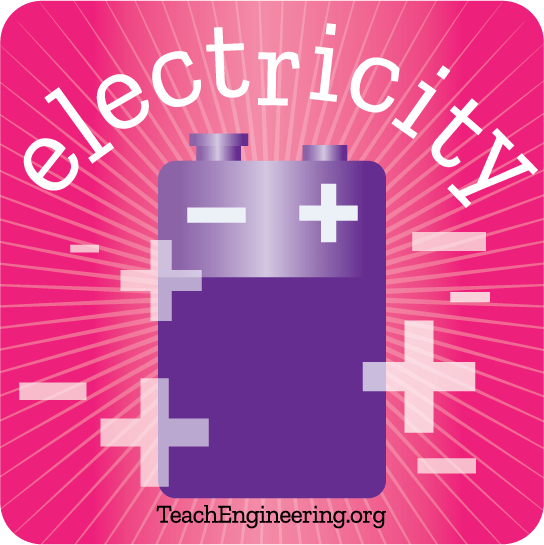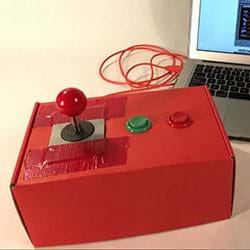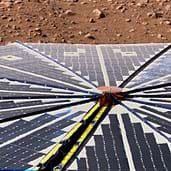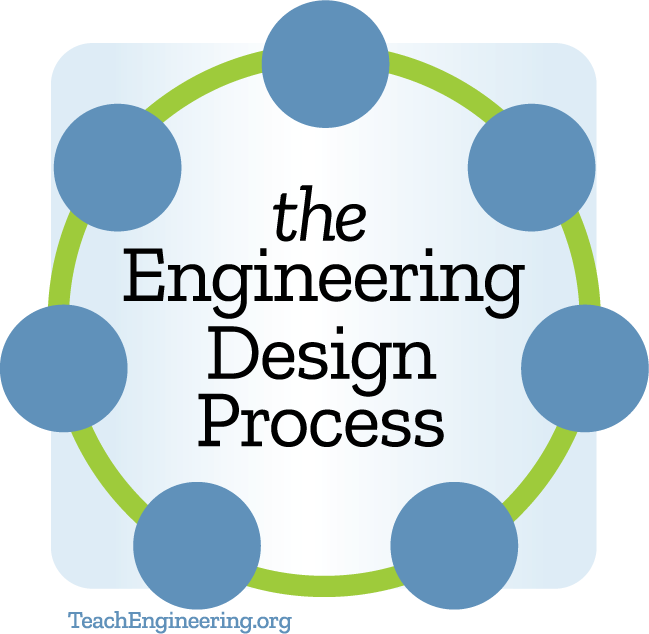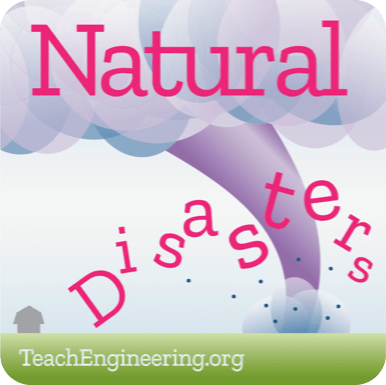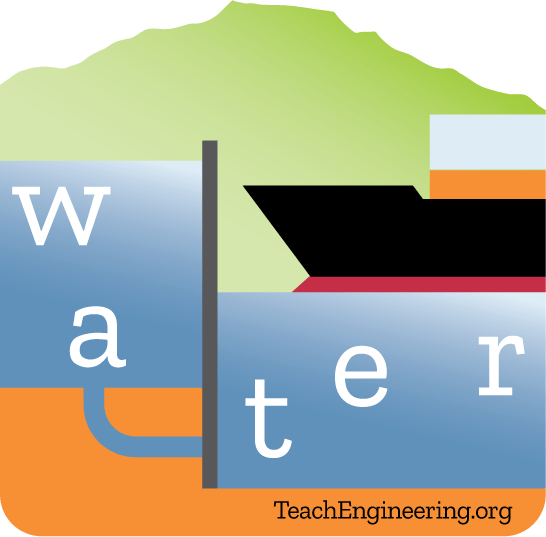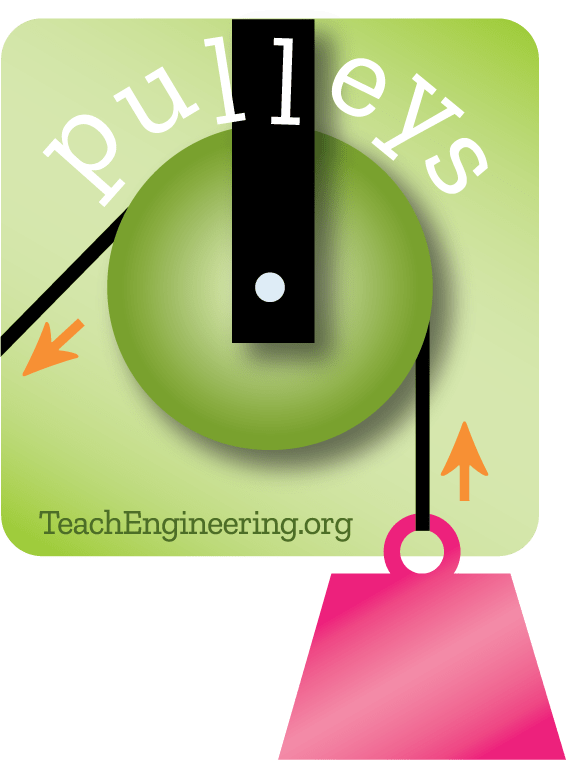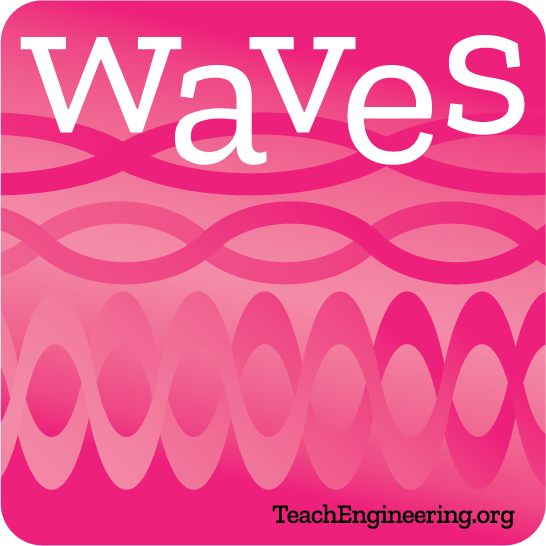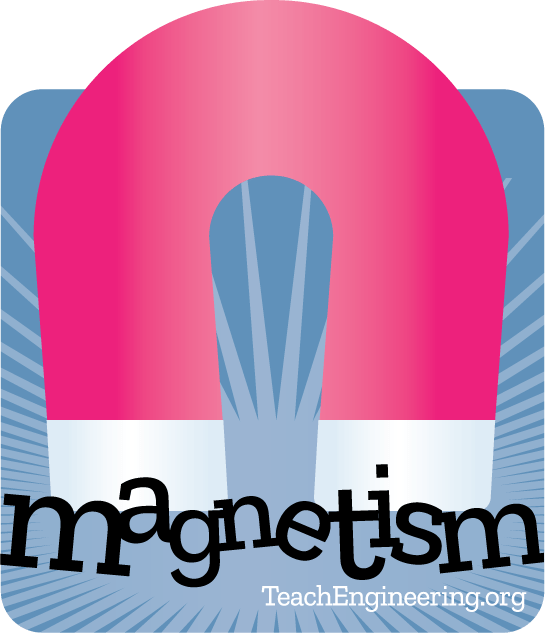Electricity
Electricity allows engineers to create systems and devices to benefit all areas of society including entertainment, healthcare, transportation, space travel and more! The phenomenon of electricity inspires innovation in engineering.
The ability to harness electricity has completely changed the world we live in and has improved the quality of life for billions of people around the globe. While the existence of electricity has been known since ancient times, Benjamin Franklin’s famous kite experiment in 1752 – among many others – sparked the science community to investigate this unique natural phenomenon. British scientist Michael Faraday made one of the first major breakthroughs in electricity when he discovered the basic principles of energy generation in 1831.
Electricity is defined as the presence and flow of electrons or electric charge. There are two major types of electricity:
- Static electricity is generated by sudden contact or friction and causes electrons to gather and remain at rest until they are discharged. It is usually uncontrolled and happens sporadically.
- Current electricity is what makes all of our electronic devices and gadgets work. It is the phenomenon of electrons constantly flowing through conducting materials such as copper, iron or even through ions in water.
Engineers study the different forms of electricity to design and invent new devices and technology to light our rooms, power our domestic appliances (stoves, air conditioning, ect.), power the screens we use for watching television, updating medical charts, talking with our friends across the globe, or even powering our cars.
Electricity has revolutionized modern life and allowed technology to evolve rapidly.
Chemical engineers study the reactions responsible for producing charged particles to create electricity. Material engineers make many substances that serve as conductors and insulators. Electrical engineers are able to control electricity by changing the current or resistivity in a system.


Electricity Curricula

Jump start your students on making sense of the phenomenon of electricity through the curricular resources featured here, by grade band!
Grades K-2
- Chasing the SunChasing the Sun
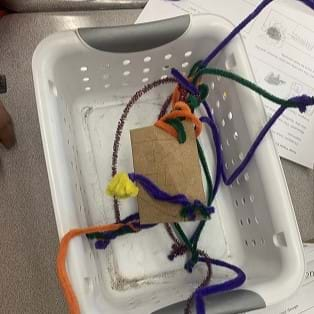
Students learn how the sun can help us make electricity with a device called a solar panel. They are then presented with the challenge of the stationary solar panel versus the moving sun. Using the behavior of a sunflower following the sun throughout the day, students build upon and apply their know...
Grades 3-5
- What Is Electricity?What Is Electricity?

Students are introduced to the concept of electricity by identifying it as an unseen, but pervasive and important presence in their lives. They compare conductors and insulators based on their capabilities for electron flow. Then water and electrical systems are compared as an analogy to electrical ...
- Charge It! All About Electrical Attraction and RepulsionCharge It! All About Electrical Attraction and Repulsion

Students use balloons to perform several simple experiments to explore static electricity and charge polarization.
- Will It Conduct?Will It Conduct?

Students build their own simple conductivity tester and explore whether given solid materials and solutions of liquids are good conductors of electricity.
- ConductivityConductivity

Student groups make simple conductivity testers each using a battery and light bulb. They learn the difference between conductors and insulators of electrical energy as they test a variety of materials for their ability to conduct electricity.
- Electrons on the MoveElectrons on the Move

Students learn about current electricity and necessary conditions for the existence of an electric current. Students construct a simple electric circuit and a galvanic cell to help them understand voltage, current and resistance.
- See More
Grades 6-8
- Electricity & Magnetism: Whose Field Line Is It, Anyway?Electricity & Magnetism: Whose Field Line Is It, Anyway?

Students teams each use a bar magnet, sheet of paper and iron shavings to reveal the field lines as they travel around a magnet. They see that the current flowing through a wire produces a magnetic field around the wire and that this magnetic field induced by electricity is no different than that pr...
- Yogurt Cup SpeakersYogurt Cup Speakers

Students are introduced to the role of electricity and magnetism as they build speakers. They also explore the properties of magnets, create electromagnets, and determine the directions of magnetic fields.
- The Electric and Magnetic Personalities of Mr. Maxwell The Electric and Magnetic Personalities of Mr. Maxwell

Students are briefly introduced to Maxwell's equations and their significance to phenomena associated with electricity and magnetism. Basic concepts such as current, electricity and field lines are covered and reinforced. Through multiple topics and activities, students see how electricity and magne...
- Saltwater CircuitSaltwater Circuit

Students build a saltwater circuit, which is an electrical circuit that uses saltwater as part of the circuit. Students investigate the conductivity of saltwater, and develop an understanding of how the amount of salt in a solution impacts how much electrical current flows through the circuit.
- Power for Developing CountriesPower for Developing Countries

Working in groups, students look at three different villages in various parts of Africa and design economically viable engineering solutions to answer the energy needs of the off-the-grid small towns, given limited budgets. Each village has different nearby resources, both renewable and nonrenewable...
- See More
Grades 9-12
- Solar Farm Cost-Benefit AnalysisSolar Farm Cost-Benefit Analysis

For a hypothetical solar farm design problem, students are given a solar cost-benefit analysis sheet to complete within groups. They weigh the expense and benefits of two types of solar panels (with different costs, wattage outputs and land impacts), consider the cost of using the acreage for solar ...
- Ohm's Law IOhm's Law I

Students experiment to increase the intensity of a light bulb by testing batteries in series and parallel circuits. They learn about Ohm's law, power, parallel and series circuits, and ways to measure voltage and current.
- Introduction to Circuits and Ohm's LawIntroduction to Circuits and Ohm's Law

Students explore the basics of DC circuits, analyzing the light from light bulbs when connected in series and parallel circuits. Students measure and see the effect of power dissipation from the light bulbs.
- Maximum Power PointMaximum Power Point

Students learn how to find the maximum power point (MPP) of a photovoltaic (PV) panel in order to optimize its efficiency at creating solar power. They also learn about real-world applications and technologies that use this technique, as well as Ohm's law and the power equation, which govern a PV pa...
- What's the Conductivity of Gatorade?What's the Conductivity of Gatorade?

Students use conductivity meters to measure various salt and water solutions, as indicated by the number of LEDs (light emitting diodes) that illuminate on the meter. Students create calibration curves using known amounts of table salt dissolved in water and their corresponding conductivity readings...
- See More



